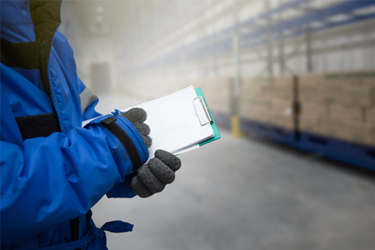What You Need To Know About Cold Chain Durability Of Fluoropolymer Bags
By Joe Cintavey and Meghan Meeuwissen, Gore PharmBIO Products

As the biologics market continues to grow, drug manufacturers are looking for packaging solutions that maintain integrity during processing and freezing, are easy to scale up to larger volumes, and remain robust throughout the temperature-controlled supply chain. When storing and transporting biologics, the type of container is an important consideration. Biopharmaceutical manufacturers are increasingly choosing single-use bags with aseptic connectors to store bulk drug product throughout the cold chain.
One characteristic often referred to when choosing cold chain storage containment systems is the glass transition temperature, the temperature at which a polymer turns from ductile to hard and brittle. But be aware that although glass transition temperature is the most cited — and sometimes only — material property used to explain material performance in cold chain applications, it does not provide a complete picture of performance for a specific application. The glass transition temperature is a good starting point for narrowing down appropriate materials for cold chain applications, but it is critical to look beyond this property to figure out how a specific fluoropolymer will actually perform in a filled bag at very cold temperatures.
However, finding the right containment system requires more than looking over a spec sheet. Here are some important considerations to keep in mind when choosing packaging for a biologic drug substance.
Get unlimited access to:
Enter your credentials below to log in. Not yet a member of Bioprocess Online? Subscribe today.
